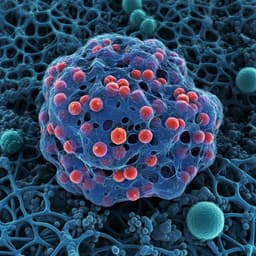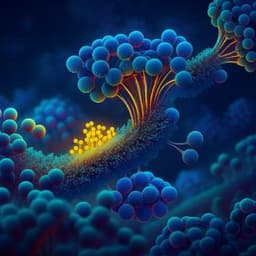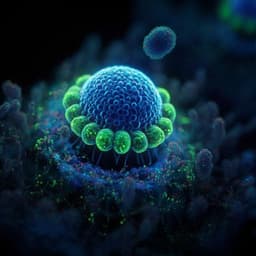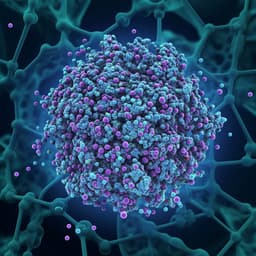
Medicine and Health
NIR light-activated nanocomposites combat biofilm formation and enhance antibacterial efficacy for improved wound healing
I. Ullah, S. S. Khan, et al.
Discover the groundbreaking capabilities of selenium-tellurium doped copper oxide nanoparticles (SeTe-CuO NPs) in combating bacterial infections, showcasing remarkable antibacterial activity and accelerated wound healing when activated by near-infrared (NIR) irradiation. This innovative research was conducted by authors from various prestigious institutions.
Playback language: English
Related Publications
Explore these studies to deepen your understanding of the subject.







